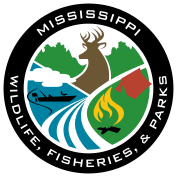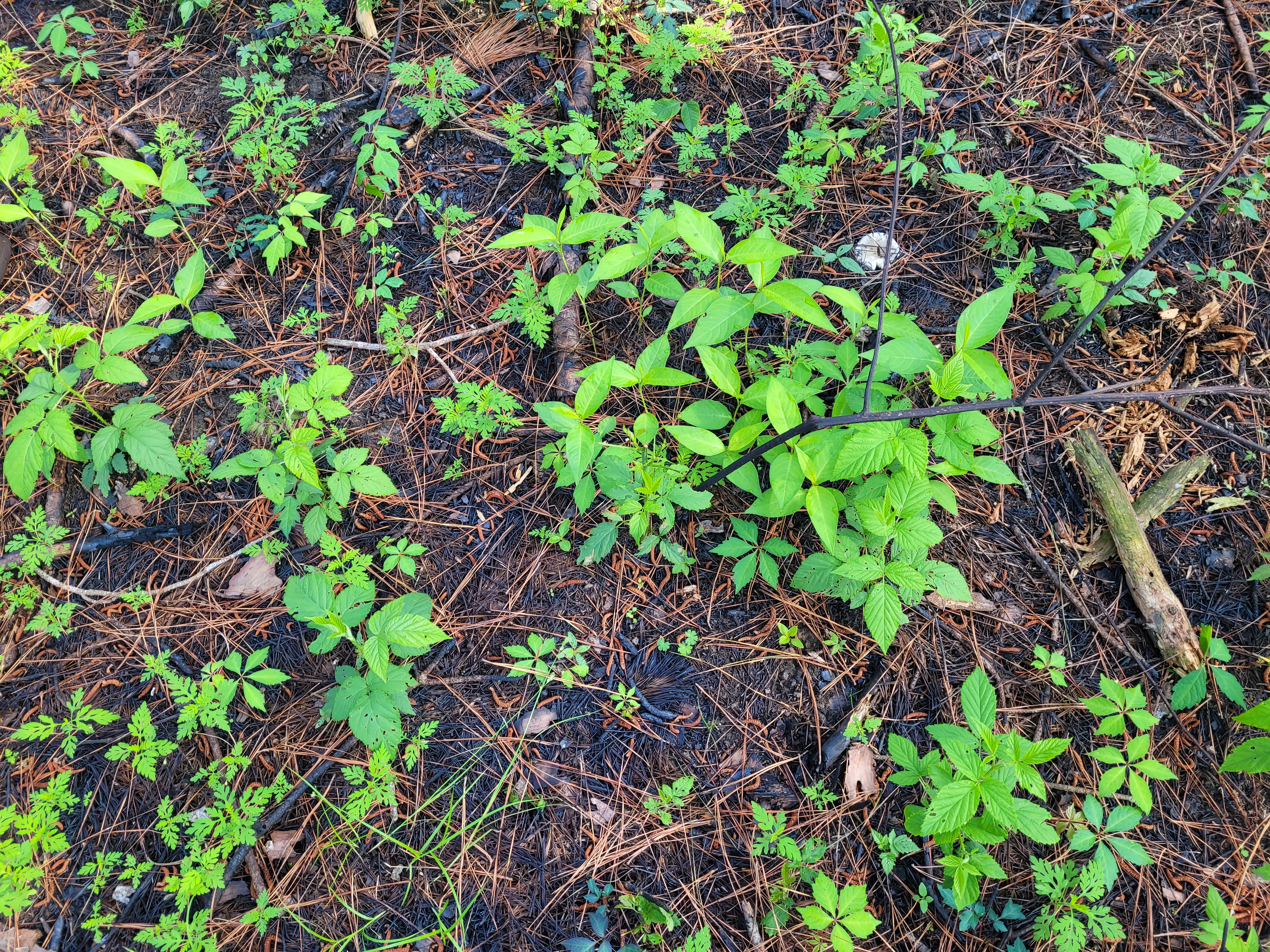
Written by: Chandler Strickland
Edits by: Pierce Young
The traditional approach to prescribed fire typically involves burning large-scale areas during the dormant season. However, fire can also be used in nontraditional ways to attract wildlife—often with very quick results.
One such technique is known as "bow range burning." This method involves conducting small-scale, controlled burns within sight of a bow stand or turkey hunting location. These targeted burns stimulate the growth of high-quality sprouts and vegetation that are highly attractive to white-tailed deer during early bow season and to turkeys in the spring. Research has shown that fresh regrowth following these burns can contain up to twice the protein, three times the mineral content, and be as much as 20 times more preferred by deer compared to surrounding browse during the same period. For turkeys, the burn exposes insects and reptiles previously hidden in the leaf litter—commonly referred to as “barbecue bugs”—while also encouraging new vegetation that attracts even more insect activity.
To implement bow range burning, you’ll typically need tools like a leaf blower and a small chainsaw. Begin by selecting an area within about 30 yards of your hunting location. Remove small trees to increase sunlight reaching the forest floor, which helps stimulate vegetative regrowth. Then, use the leaf blower to create a wide firebreak by clearing away leaf litter and exposing mineral soil. Within 1-2 weeks of when you plan to hunt, and when conditions are safe and meet prescribed fire recommendations, conduct a low-intensity backing fire within the area. It won't take long to see results with wildlife using the area.

For hunters managing wildlife habitat on a small scale, bow range burning can be an effective and practical addition to your management plan.
For more wildlife management information visit